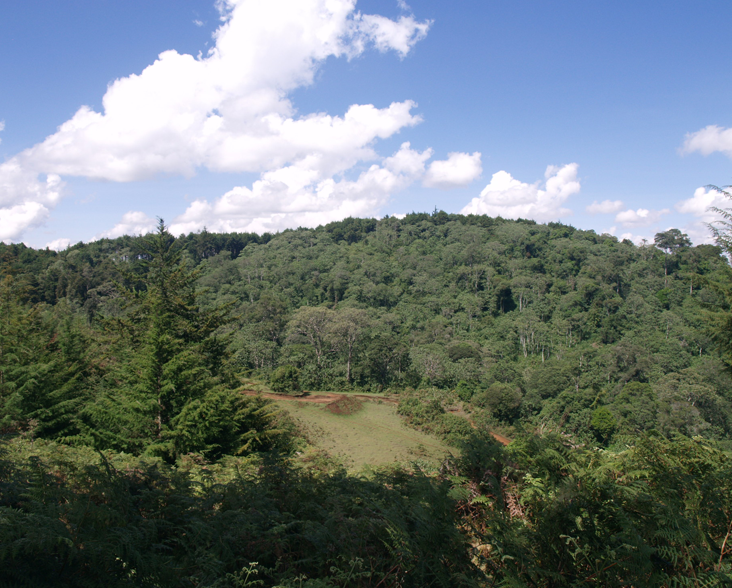Clarke's Weaver
Species Data
Class: Aves
Order: Passeriformes
Family: Ploceidae
Scientific Name: Ploceus golandi
IUCN Red List status: Endangered
IUCN Species Distribution Map
Description
Strikingly coloured, Clarke’s Weaver is native only to Kenya and its distribution is tiny. With only two known habitats, World Land Trust (WLT) has been working with Nature Kenya to save and protect its breeding grounds in Dakatcha Woodland.
Both males and females are 13 – 14cm with dark eyes and a slender bill, though there are variations in markings. Males have yellow underparts with a black head, breast and tail with some yellow and olive green edging. Females are slightly duller, with olive upperparts and yellow underparts.
Behaviour
Research is still ongoing into the behaviour of Clarke’s Weaver. In 2013, Nature Kenya discovered a breeding colony in Dakatcha Woodland, with continuing species monitoring since. They nest in colonies of 5 – 30 birds, feeding high in the canopy on beetles and caterpillars as well as foraging at the forest edge.


Habitat
Clarke’s Weaver live exclusively in the dense thickets and open woodland of just two Kenyan coastal forests, including Dakatcha Woodland. These tropical moist lowland forests and wetlands are necessary for successful breeding.
Threats and Conservation
Rapid deforestation due to increased agricultural demand, particularly due to pineapple farming, and logging are a constant threat to Clarke’s Weaver. As one of only two places on Earth home to Clarke’s Weaver, which has an endangered population estimated at 2000, WLT and Nature Kenya’s work at Dakatcha is vital to the protection and survival of Clarke’s Weaver.
